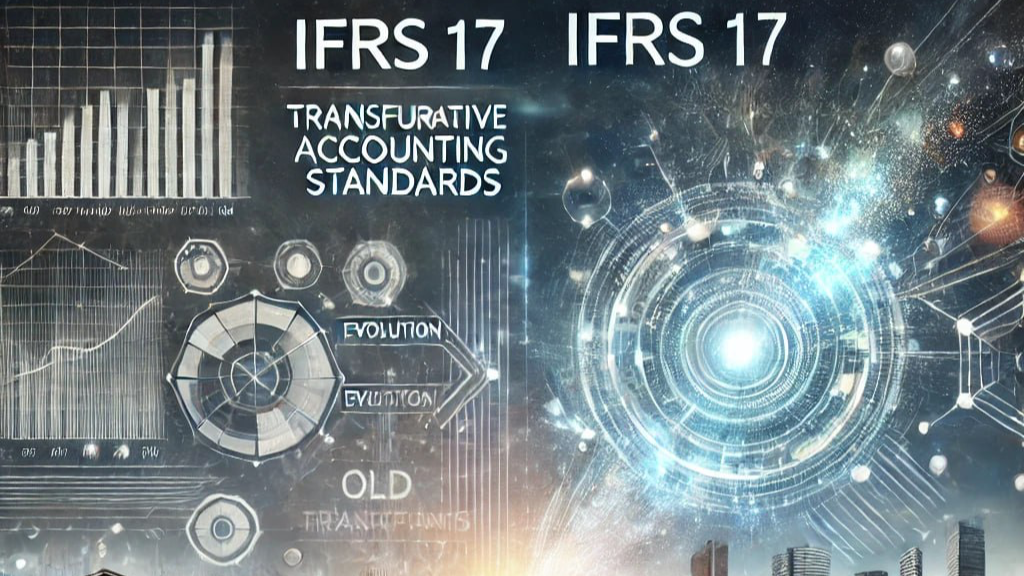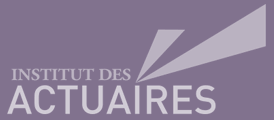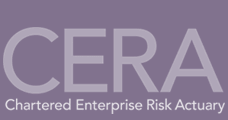-
blog
2025
- IFRS 17: A Paradigm Shift For Insurers
- AUTHOR: Stephane Kakeu, Regis Djiongo, Sidelle Douanla, Mi

Coral Gables, January 17, 2025 – SL FINANCIAL is an actuarial consulting and advisory firm based in Miami, Florida. We offer actuarial consulting and advisory services for businesses and governments in both traditional (re)insurance and alternative risk financing industries.
The introduction of IFRS 17 marks a major transformation for insurance companies, moving away from outdated practices towards greater transparency and comparability. Central to this change are three key components: the Contractual Service Margin (CSM), Present Value of Future Cash Flows (PVFCF), and Risk Adjustment (RA).
Understanding PVFCF and RA
The PVFCF estimates the expected cash flows from insurance contracts, discounted to their present value. This approach benefits insurers by providing a more accurate financial assessment through the consideration of the time value of money.
Conversely, the RA represents the compensation required for bearing the uncertainty about the amount and timing of future cash flows. RA offers valuable insights into the insurer's risk tolerance and highlights the financial impact of potential variability in outcomes.
Why the CSM Stands Out
The CSM is a game-changer as it represents the unearned profit that an insurer expects to earn over the coverage period of insurance contracts. This unique feature provides:
- Improved Transparency: A clear view of the insurer's profitability and risk profile.
- Enhanced Comparability: Facilitates better comparisons between insurers.
- Better Economic Representation: Aligns accounting with the true economics of insurance contracts.
While PVFCF and RA focus on measuring and adjusting future cash flows, the CSM defers profit recognition until the insurer provides services. This alignment with service provision makes the CSM crucial for reflecting the true economic impact of insurance contracts.
CSM at Transition vs. Subsequent Measurement
During the transition phase, the primary goal is to establish the initial CSM for existing insurance contracts. This can be achieved through three methods:
- Full Retrospective Approach (FRA): Complete revaluation from inception, highly accurate but resource intensive.
- Modified Retrospective Approach (MRA): Uses estimates and assumptions, balancing accuracy with practicality.
- Fair Value Approach (FVA): Based on fair value at transition, ideal when historical data is limited.
Post-transition, the focus shifts to ongoing adjustments and profit recognition. This involves recognizing revenue over the coverage period, adjusting for changes in future cash flows and risk adjustments, and reflecting differences between actual and expected service experiences, as well as adjustments for contract modifications or derecognition.
SL FINANCIAL’s Expertise
SL FINANCIAL excels in helping insurance companies navigate the intricacies of IFRS 17 implementation. Our expertise in CSM calculation, PVFCF estimation, risk adjustment, and data analysis ensures tailored solutions for each client's unique needs.
The journey to IFRS 17 compliance presents challenges and opportunities. By understanding the significance of CSM, PVFCF, and RA, and leveraging expert guidance, insurers can navigate this transition and thrive in the new regulatory environment.
For any question or media inquiry, please visit our website at www.sl-financial.com or contact our team at that ceo@sl-financial.com.
MEDIA CONTACT
Achille Sime
CEO
2525 Ponce De Leon Blvd, Suite 300
Coral Gables, FL 33146
- Achille Sime
Principal/CEO
Fellow of the Institut des Actuaires France (FIAF)
Fellow of the Society of Actuaries (FSA)
Member of the American Academy of Actuaries (MAAA)
Chartered Enterprise Risk Analyst (CERA)
Affiliate of the Casualty Actuarial Society (AFFI CAS)
- bio





